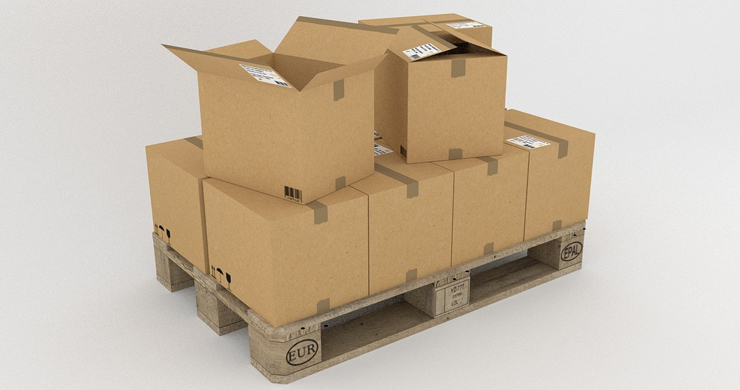Shipping errors are one of the most common and costly problems in supply chain management. From incorrect shipments to damaged products, these errors can affect customer satisfaction, increase costs and damage a company’s reputation. Fortunately, there are tactics and technologies that can help minimize these errors and improve shipping efficiency.
Improvement of internal processes
- Review of procedures: One of the first steps in reducing shipping errors is to review and improve internal procedures. This includes establishing clear protocols for picking, packing and shipping products. Make sure all employees are well trained and follow established procedures.
- Implementing checklists: Using checklists for each stage of the shipping process can help ensure that all steps are completed correctly. Checklists are simple but effective tools to minimize human error.
Scanning technology
- Barcode and RFID: The implementation of barcode and RFID scanning systems can increase accuracy in picking and packing. These systems allow automatic verification of products and their location, significantly reducing manual errors.
- Last mile scanning systems: Implementing scanning technologies at the last stage of the shipping process ensures that the right product is shipped to the right customer. This includes scanning packages as they are loaded onto delivery vehicles and delivered to the end customer.
Warehouse Management Systems (WMS)
- Process automation: A Warehouse Management System (WMS) can automate many shipping processes, from product selection to shipping label generation. This not only reduces errors, but also increases the efficiency and speed of order processing.
- Real-time verification: A WMS provides real-time verification of inventory and orders, ensuring that the correct products are picked and properly prepared for shipment. This helps reduce errors before products leave the warehouse.
Staff education and training
- Ongoing training: Ensure that all employees are well trained in shipping procedures and in the use of scanning and WMS technologies. Ongoing training is key to maintaining high levels of accuracy and efficiency.
- Incentive programs: Implement incentive programs to reward employees who maintain low shipping error rates. This not only motivates staff, but also promotes a culture of accuracy and accountability.
Improved communication
- Internal communication: Establish clear and effective communication channels between all departments involved in the shipping process. Smooth communication can help prevent errors caused by misunderstandings or incomplete information.
- Customer feedback: Listening to customers and collecting feedback on the shipping process can provide valuable information to identify and correct problems. Use this feedback to continually improve processes and reduce errors.
Packaging solutions
- Proper packaging materials: Using proper packaging materials and correct packaging techniques can prevent damage during shipment. Make sure products are well protected and packages are easy to handle and transport.
- Clear and accurate labeling: Make sure all shipping labels are clear and accurate. Include all necessary information, such as the recipient’s address, package contents and special handling instructions. Correct labeling reduces the risk of delivery errors.
Use of emerging technologies
- Artificial intelligence and data analytics: Using artificial intelligence and data analytics to forecast and manage the shipping process can improve accuracy and efficiency. AI algorithms can optimize delivery routes and predict problems before they occur, reducing errors and improving customer satisfaction.
Conclusion
Reducing shipping errors is essential to maintaining operational efficiency and customer satisfaction. By improving internal processes, implementing scanning and WMS technologies, continuous staff training and using innovative solutions such as artificial intelligence, companies can minimize errors and significantly improve their shipping operations. Adapting these tactics and technologies will not only reduce the costs associated with shipping errors, but also strengthen your company’s reputation and customer loyalty.





